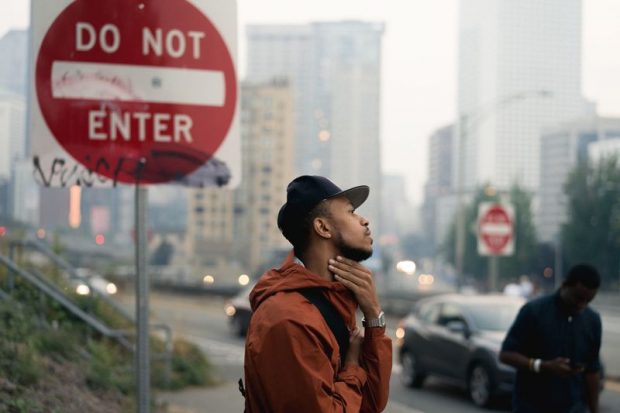Framing Streets Can Be Fun For Everyone
The Only Guide for Framing Streets
Table of ContentsThe Ultimate Guide To Framing StreetsFacts About Framing Streets RevealedThe smart Trick of Framing Streets That Nobody is DiscussingA Biased View of Framing StreetsFraming Streets Things To Know Before You BuyExcitement About Framing Streets
Photography style "Crufts Pet dog Show 1968" by Tony Ray-Jones Street digital photography (additionally occasionally called honest photography) is photography conducted for art or questions that includes unmediated chance encounters and arbitrary events within public places, usually with the purpose of catching pictures at a decisive or emotional minute by careful framework and timing. 
, that was influenced to embark on a comparable documentation of New York City. As the city developed, Atget helped to advertise Parisian roads as a deserving topic for digital photography.

The Ultimate Guide To Framing Streets
In between 1946 and 1957 Le Groupe des XV annually displayed job of this kind. Andre Kertesz. Circus, Budapest, 19 May 1920 Road photography developed the major content of two exhibits at the Museum of Modern Art (Mo, MA) in New york city curated by Edward Steichen, 5 French Professional Photographers: Brassai; Cartier-Bresson, Doisneau, Ronis, Izis in 1951 to 1952, and Post-war European Digital Photography in 1953, which exported the principle of road digital photography internationally.

Framing Streets Fundamentals Explained
The recording equipment was 'a concealed video camera', a 35 mm Contax concealed under his coat, that was 'strapped to the chest and attached to a long cord strung down the ideal sleeve'. However, his job had little contemporary influence as due to Evans' level of sensitivities about the creativity of his Your Domain Name project and the personal privacy of his subjects, it was not released up until 1966, in guide Numerous Are Called, with an intro composed by James Agee in 1940.
Helen Levitt, then an educator of kids, related to Evans in 193839. She documented the transitory chalk illustrations - copyright a7iv that were part of kids's road culture in New York at the time, in addition to the youngsters who made them. In July 1939, Mo, MA's new digital photography section included Levitt's job in its inaugural exhibitionRobert Frank's 1958 book,, was considerable; raw and typically out of focus, Frank's pictures examined conventional photography of the time, "challenged all the formal regulations laid down by Henri Cartier-Bresson and Walker Evans" and "flew in the face of the wholesome pictorialism and genuine photojournalism of American publications like LIFE and Time".